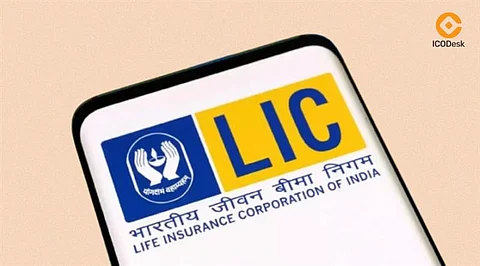

The Life Insurance Corporation of India (LIC) has increased its activities in the bond derivatives market by making 1 billion dollars in forward rate agreements (FRAs). These deals, which have been made in the last two months, were made in collaboration with JPMorgan Chase & Co. and Bank of America Corp., as Bloomberg's data reveals.
The data of the Clearing Corporation India show that LICs' FRA business has represented 38% of the $2.6 billion volume since May. In November, the insurer indicated that it was going to participate in the derivatives market. Since initiating a couple of first transactions, the insurer has grown gradually in terms of volume.
Forward rate agreements make pricing the future yield of bonds possible. In the case of LIC, the strategy will also help reduce the risk of falling interest rates, which would affect returns associated with fixed-income investments. Interest rates fluctuate, and hence, the FRAs enable firms to hedge against the exposure and lock in expected returns.
In a normal FRA, LIC will buy a bond at a determined rate at some point in the future. The partner bank takes on the price risk while considering the premium for this. The banks tend to counter this risk by purchasing long-term securities under the said deal terms. The agreement makes the two parties hedge against uncertainties in the market in the future.
LIC's participation has facilitated growth in the demand for long-duration bonds in India. According to sources conversant with the case, the insurer's involvement contributed to bid-to-cover ratios increasing with recent bond auctions. Bloomberg has stated that the two previous auctions of government bonds have recorded the highest coverage in the ongoing financial year.
Even though JPMorgan refused to comment about the transactions, and LIC and Bank of America did not answer the questions, market statistics prove the increasing volume. As LIC holds assets worth around 630 billion dollars, its re-entry into the market with a bigger toe in the wall of bond derivatives portrays a bigger picture of the advanced hedging strategies by Indian institutions.